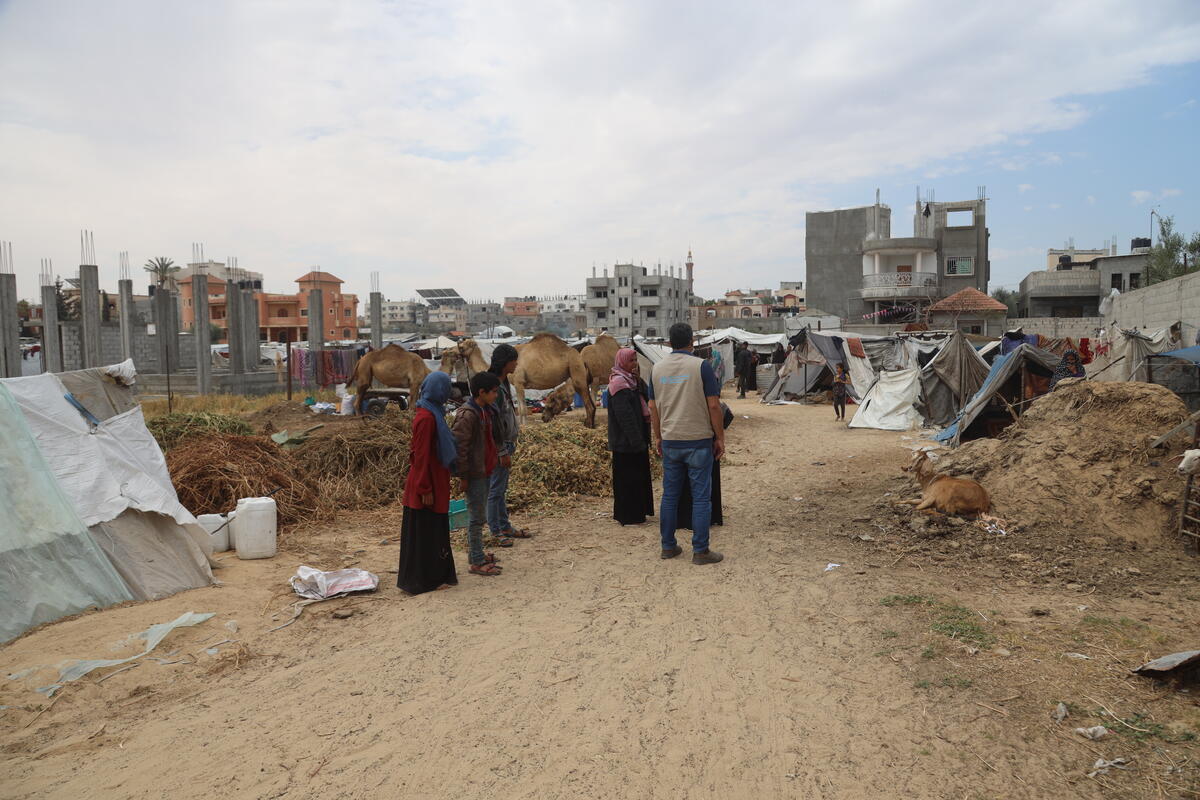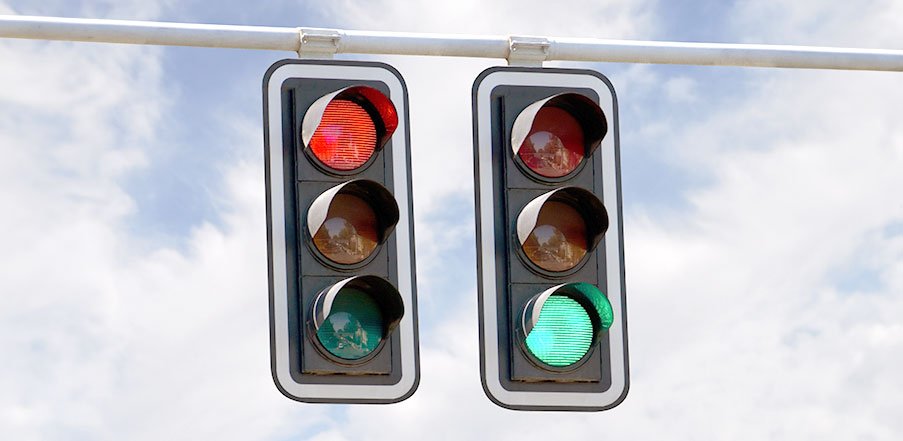A lifelong love of animals led Ben Britton to set up the Wild Cat Conservation Centre over 10 years ago. Today it is home to a number of endangered species of wild cats including cheetahs, clouded leopards, caracals and servals. It is the only centre in Australia where you can see clouded leopards.
When the COVID-19 pandemic forced the centre to shut, Britton applied for funding under the Australian Government’s Supporting Australia’s Exhibiting Zoos and Aquariums Program. The funds ensured the centre could continue to feed and care for its animals and maintain its property.
‘We’ve just reopened after being in lockdown for over 4 months,’ says Britton. ‘It has been tough, but the payments have allowed us to continue our work. It ensured our focus can remain on the amazing wild cats we care for without the added stress of worrying about finances.’
Focus on conserving small wild cats
The Wild Cat Conservation Centre is based at a 10-acre property in Wilberforce, NSW. Its vision is to create a long-term future for the world’s wild cat species, particularly small wild cats.
‘We never wanted a place where people only came to see the animals,’ says Britton. ‘We focus on 3 areas that are vital to the future of wild cats – conservation breeding programs, education and research.’
The centre’s breeding program supports local and international efforts to sustain genetically diverse captive wild cat populations. Like many wildlife facilities, it is breeding animals as insurance against wild extinction. The centre has the only breeding program for clouded leopards in Australia, and the only breeding program for cheetahs in Sydney. It welcomed twin caracal kittens in April 2020, the first born in Australia.
The centre runs private guided tours to educate people about wild cats and the work it is doing to protect them and their habitats. Britton is also a Director at Mashatu Research, an organisation working to conserve and protect Botswana’s biodiversity. Before the pandemic, he made regular trips to the country to research wild cats.

Caption: Cheetahs Ziva and Zane. Photo courtesy of Wild Cat Conservation Centre.
COVID-19 cuts off main source of income
The Conservation Centre was attracting up to 3,000 visitors a year before the pandemic. These visitors were mostly from the Sydney metropolitan area, though regional, interstate and international tourists were also starting to increase.
‘Our visitors have a genuine interest in conservation,’ says Britton. ‘They like that it’s the focus of our work and leave with a real understanding of what we’re doing to conserve wild cats.’
When COVID-19 forced the centre to shut, it lost its largest source of revenue. It has been closed 10 months out of the past 18 months. The centre reopened in November 2021. It is not earning money yet as it is honouring tour bookings made before lockdowns.
‘We’re not like other businesses that can reduce their outgoing costs when they close,’ says Britton. ‘Our costs remain the same whether we’re open or closed. We still need to feed and take care of our animals and maintain their habitats.’
It costs up to $35,000 a month to keep the centre running. This includes staff wages, husbandry and maintenance costs. The centre spends $3,000 on food alone every month for its animals.
The pandemic also affected the centre’s conservation work. It had to postpone plans to bring two new clouded leopards from the US for its breeding program. ‘It’s an issue because the cats are getting older and this affects their breeding cycles,’ says Britton.
Financial support for the centre
Britton turned to the Australian Government’s Supporting Australia’s Exhibiting Zoos and Aquariums Program for financial help. The centre has received over $250,000 to date.
‘We’ve been able to continue our high standards of care and keep our conservation programs going,’ says Britton. ‘The funds have been vital over the past 18 months and continue to be because we’re still not earning money. We feel very fortunate to have the payments. We wouldn’t be where we are today without them.
‘Austrade has been amazing,’ adds Britton. ‘Our Austrade contact Peter and the wider team has been great to deal with. I hate to think where we’d be without Austrade’s support.’
An optimistic future
With the program running until mid-June 2022, Britton is optimistic about the future.
‘We’re hoping 2022 will be a fresh start for the centre,’ he says. ‘We’d love more visitors. We’ve launched a Twilight Tour so people can see the cats at their most active.
‘We’d also like to get the new clouded leopards to Australia so we can start breeding them. The cheetahs are also reaching the age when they can start breeding. With a little luck, we might see some cubs in 2022. And hopefully we can return to Africa to continue our research efforts.’
Applications for payment 8 (January to March 2022) opened 4 January 2022 for existing applicants and will close 20 February 2022. Visit Supporting Australia’s Exhibiting Zoos and Aquariums Program – Austrade for more details.







